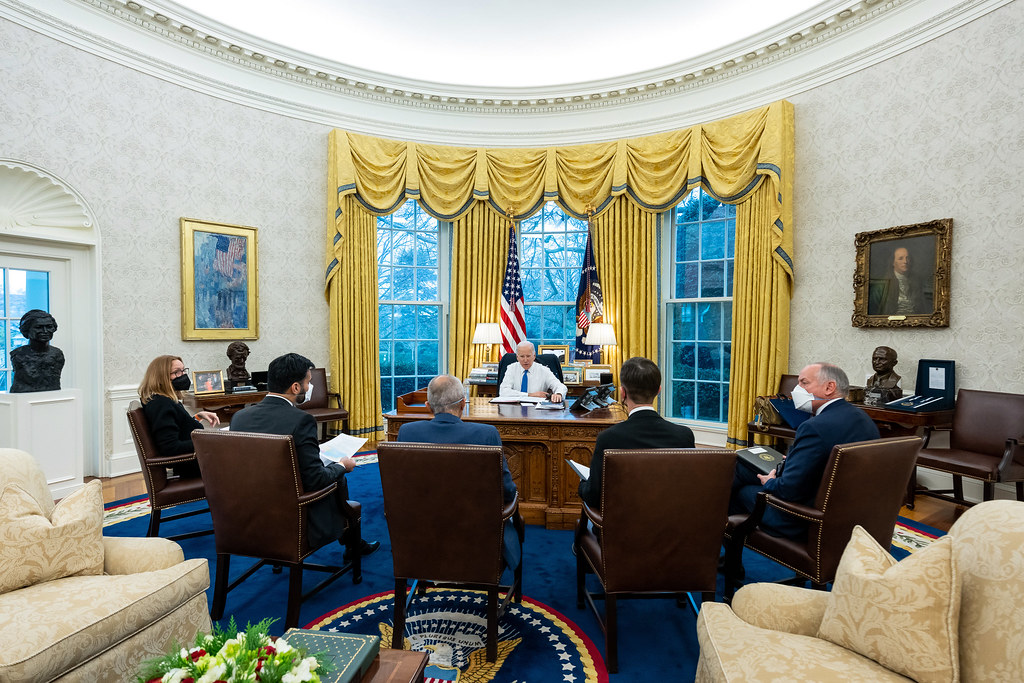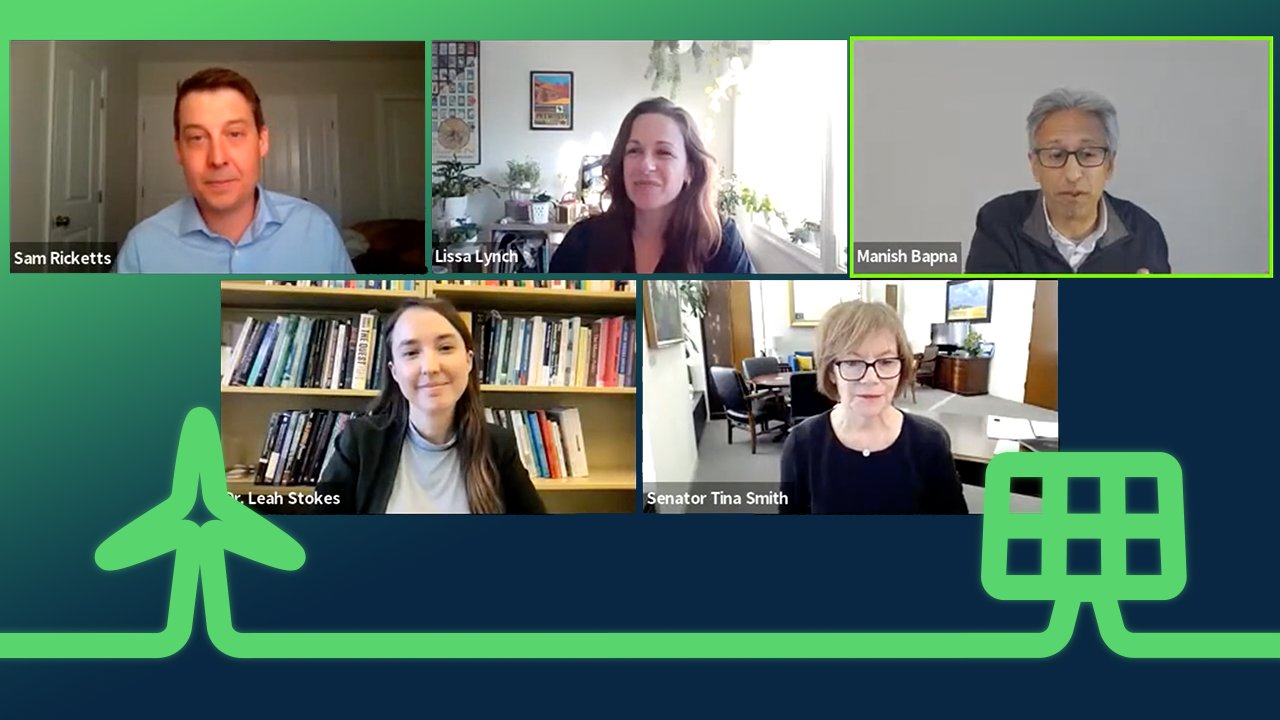Climate activists warned that the Willow Project would also result in significant climate pollution. The Arctic is already warming four times faster than the rest of the world, and climate experts have been clear: we cannot continue approving new fossil fuel infrastructure if we want to limit warming to 1.5 degrees Celsius. And even BLM’s environmental review recognized the project’s significant climate impacts.
But this week, BLM announced that it would go ahead with the Willow Project–despite how incongruous it was with President Biden’s overall climate goals and environmental justice commitments. The Record of Decision approved Alternative E of the Willow Project, which would pump at least 239 million metric tons of carbon dioxide equivalent into the atmosphere over its lifetime.
(You can read Sovereign Iñupiat for a Living Arctic’s (SILA) response to the Willow Project’s approval now.)
This deeply unfortunate decision puts a stain on the president’s climate legacy. And in the wake of this disappointing step backwards, one thing is clear: President Biden needs to use the executive action and regulatory tools at his disposal to put a stop to future fossil fuel giveaways.
>> Curious to learn more? You can read Evergreen Action’s paper on the federal fossil fuel leasing program–and how President Biden can align it to deliver on climate and put people over profit – from June 2022 now. <<
How to Prevent the Next Willow Project:
1. New Energy Infrastructure Must Align with President Biden’s Climate Goals
Let’s start with the basics: the federal government should only approve climate-safe energy infrastructure that does not significantly contribute to the greenhouse gas pollution driving the climate crisis.
As the Biden administration turbocharges efforts to invest in a clean energy economy, including through implementation of the climate investments in the Inflation Reduction Act (IRA), it must also decline to build new energy projects that we know are incompatible with a safer climate future. But what regulatory tools should the Biden administration use to advance this planetary imperative?
Meet the climate test. It’s a regulatory tool with a straightforward premise: when federal agencies carry out environmental reviews for proposed major infrastructure projects, they should analyze if the proposed project is compatible with our climate goals. (Think: President Biden’s national and international climate action commitments, as well as the science-based 1.5 degrees Celsius pathway.) And if the proposed project isn’t compatible? Once the environmental review process is complete, the U.S. government should reject any proposed energy project that isn’t aligned with our national climate commitments.
Here’s the good news: the Biden administration’s Council on Environmental Quality (CEQ) can seize an upcoming opportunity to embed a version of the climate test into federal agencies’ environmental review processes. CEQ advises the President about climate change, environmental justice, and more. They’re also responsible for coordinating implementation of the NEPA, a landmark environmental law that requires federal agencies to conduct environmental reviews of proposed major federal actions that could significantly impact the environment.
In January, CEQ took an important step to ensure federal agencies consistently embed thorough considerations of a projects’ climate impacts in their NEPA environmental reviews, and issued interim guidance to federal agencies. Now, CEQ must strengthen this guidance to encourage all federal agencies to conduct an objective, quantitative climate test on proposed new energy infrastructure through NEPA.
By quantitatively demonstrating whether a project is compatible with our national climate goals, a consistent climate test through NEPA would better equip decision makers to only approve climate-smart projects. To be clear, the federal government should reject any proposed new energy projects that are not compatible with national climate action commitments. In this way, embedding a climate test within NEPA guidance would help realize the Biden administration’s “whole-of-government” approach to the climate crisis.
2. Ending Big Oil’s Subsidies
Big Oil is raking in record-breaking profits at the expense of environmental justice communities, working families, and our climate. They’re also profiteering from the global market disruption fuelled by the war in Ukraine. Last year alone, the five largest publicly-traded fossil fuel companies made a staggering $264.3 billion in pre-tax profits. But as fossil fuel companies line their pockets, the U.S. tax code is brimming with fossil fuel giveaways – to the tune of $120 billion in FY22. It’s time for the U.S. government to end fossil fuel subsidies once and for all.
Back in 2021, President Biden signed an executive order directing federal agencies to eliminate subsidies for fossil fuels. This executive order was a significant leap forward, but only a fraction of fossil fuel subsidies actually fell under the purview of federal agencies. The lion’s share of federal subsidies for Big Oil comes in the form of tax breaks that can only be changed by Congress.





